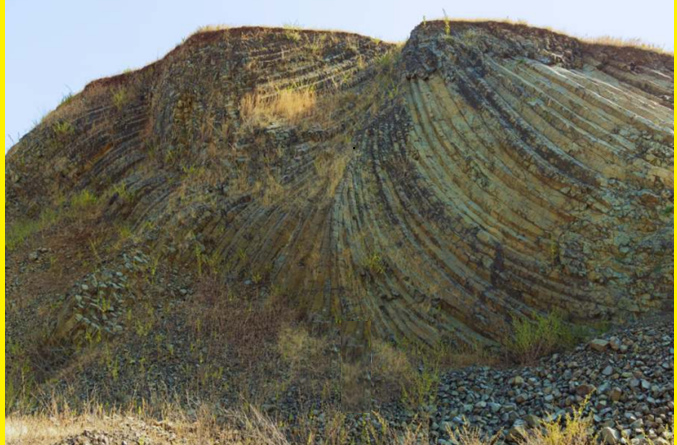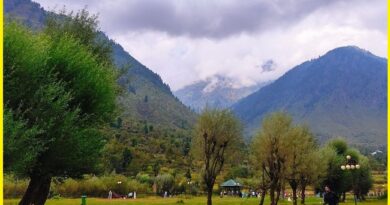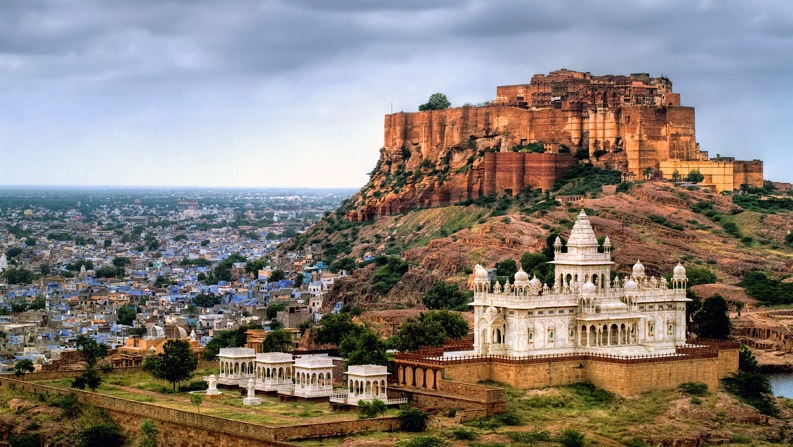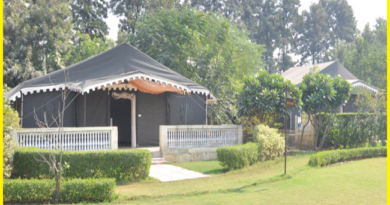Nature’s Architecture-The Radial Columnar Joints of Singhana, Dhar
Radial Columnar Joints of Singhana
A Unique type of columnar joint is developed in basaltic lava of Singhana, Dhar district of Madhya Pradesh, often referred to as ‘War Bonnet’. Radial columnar joints are geological formations characterized by a radial arrangement of vertical columns that radiate outward from a central point.
Radial Columnar Joints of Singhana are unique in their occurrences in Singhana near Manawar. It is so amazingly arranged in a prismatic shape that looks precisely cut by a giant hand. These landmarks of polygonal shapes basalt in India have drawn comparisons to California’s Devil’s Postpile, Organ Pipe National Park, and Northern Ireland’s Giant’s Causeway.
Singhana and Manawar are locations where such radial columnar joints have been observed in India, Therefore formations are of significant interest to geologists and researchers studying the geological history and processes of the area. India is dotted with numerous spectacular heritage sites but most of them are located in remote areas, away from the Reach of Common People.
How These Columns form
The Radial Columnar Joints of Singhana are a preserved volcanic stock, or neck, a subvolcanic/hypabyssal intrusion. The columns formed radially because it was vertically to sub-vertically oriented, and the lava cooled from the outside in, forming this radial joint pattern.
The rapid cooling of basaltic lava results in shrinkage and cracking, which gives rise to a network of interconnected vertical columns. These columns typically exhibit a hexagonal shape, although their sizes and shapes can vary. They can reach impressive heights, ranging from a few meters to 10 meters, and can be found near or with some spacing between them.

The columnar basalt forms as the lava cools outward from the edges toward the center. This cooling process causes contraction and fracturing along paths of least resistance.
Also Read- The Story Behind Kaliyana’s Flexible Sandstone-Itacolumite
Basalt Rock of Malwa
The Deccan traps near Singhana and Dhar district are developed due to deposits of thick basalt lava from the volcano of the Cretaceous period. The Deccan trap rock system has multiple layers of solidified flood basalt. Deccan Trap of Malwa is classified into three the Sigar series, the Janapawa series, and the Dhajari series. Nearly 20 Flows of Deccan Trap have been recorded near the Manawar and Dharampuri area of Dhar district.
How To Reach Radial Columnar Joints of Singhana
Radial Columnar Joints of Singhara is situated on the Manawar-Badwani-Kukshi road nearly 25 km from Manawar and 100 km from Dhar District Madhya Pradesh.



